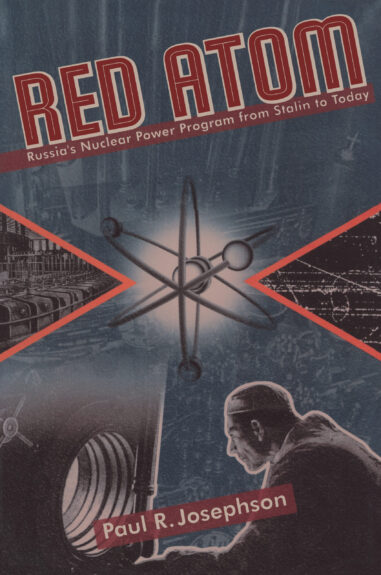
Paperback $60.00
Request Exam or Desk Copy. Request Review Copy
Red Atom
Russias Nuclear Power Program From Stalin To Today
Based on an extensive review of Soviet-era archives, [Red Atom] shows that nonmilitary use of nuclear power was like many areas of cold war competition: an avenue for the participants to go to illogical extremes. . . . Impressive in its sweep, and it provides essential details about an industry that has outlived its creators yet.

